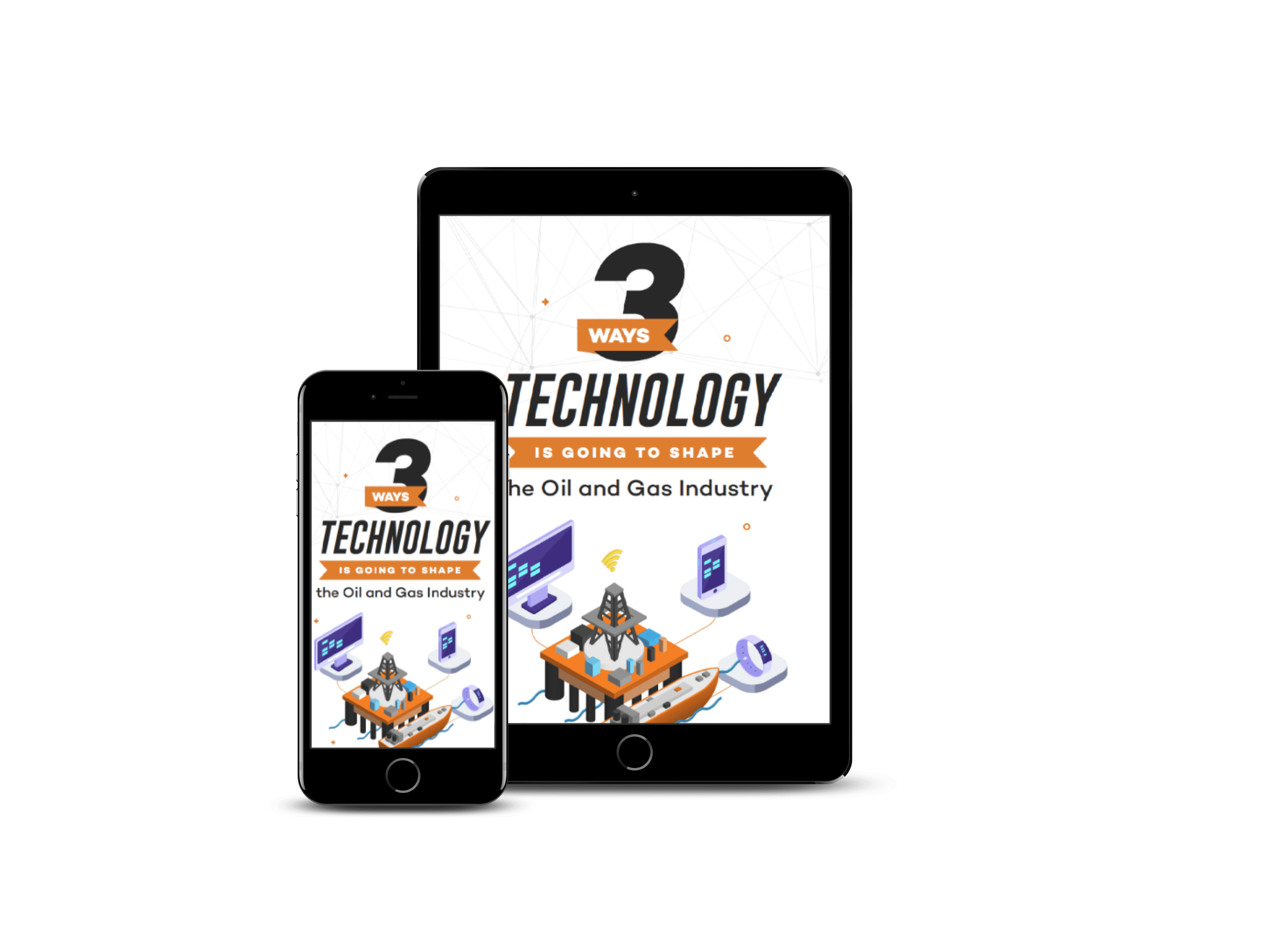At some point you will likely have seen a silver propane tank sitting outside rural homes or hooked up to a grill in someone’s backyard. But behind this humble cylinder is a surprisingly complex and fascinating story, and one that connects chemistry, energy infrastructure, and even the global efforts to tackle climate change.
Propane has been around for over a century, yet it still plays a crucial role in how homes are heated, crops are dried, and even how forklifts are powered.
So, why has it not faded out in the age of wind turbines and solar panels, when many others have? The answer starts with understanding what propane is and how it’s made.
What Exactly Is Propane?
At its core, propane is a hydrocarbon. Its chemical formula is C₃H₈, meaning three carbon atoms and eight hydrogen atoms. It is this structure which makes it possible to burn so efficiently and so cleanly compared to heavier fuels like diesel or coal.
When it burns properly, propane mostly emits water vapor and carbon dioxide.
Where Does Propane Come From?
Propane doesn’t get pumped straight out of the ground like oil. Instead, it’s mostly a byproduct of two other processes: natural gas processing and crude oil refining.
But how exactly does it work? Well, when raw natural gas is pulled from the earth, there are a variety of other components mixed in – ethane, butane, propane, and other gases. Those are separated out at processing plants using temperature and pressure.
Similarly, when crude oil is refined into products like gasoline or jet fuel, propane is separated as part of the process. It is at this point that it is compressed into a liquid, making it easier for both storage and transportation.
“Most people don’t realise propane is like a bonus fuel,” said Brad Brooks – Supply & Logistics Director at DCC Propane “It’s not drilled for directly, but we get millions of gallons of it just by processing other fuels.
And because propane liquifies under pressure, it’s also extremely compact. That’s why it is hugely beneficial in rural areas or anywhere the electric grid isn’t reachable.
Why Do People Still Use Propane?
Propane is incredibly energy dense. In fact, a single gallon gives off about 91,500 BTUs. For context, that’s enough energy to heat a small home for 1 hour – more than twice the energy you’d get from the same amount of natural gas.
It’s also very versatile. Homes use it for heat, cooking, and hot water. Farmers use it to dry corn and run irrigation engines, while businesses use it in everything from restaurants and manufacturing plants to warehouses.
Propane also works when other systems fail. During power outages, propane generators will help you keep the lights on. And, unlike electric heat pumps, which can falter in freezing temperatures, propane furnaces keep going.
“There’s something to be said for a fuel you can store on-site and depend on, especially in the face of adverse weather conditions,” Reena Mistry added.
Not Just Old Tech – Propane Is Getting Smarter
The propane industry has done everything within its power to ensure it isn’t stuck in the past. In fact, it’s been quietly embracing new tech.
Smart tank monitoring now lets suppliers track usage remotely and schedule refills automatically. High-efficiency propane appliances, like tankless water heaters or dual-fuel heating systems, are also helping to reduce reliance on fuel usage. In transportation, newer propane engines are hitting emissions targets, a result that even surprised regulators.
A Surprising Contender in the Sustainability Space
You can be forgiven for thinking: “OK, but isn’t propane still a fossil fuel?” While of course the answer is technically, yes, there’s more to the story.
When compared to coal or gasoline, propane releases far fewer greenhouse gases per unit of energy. It also produces almost zero particulates and no mercury or lead.
And then there’s renewable propane, which is made from organic feedstocks like plant oils and animal fats. It is chemically identical to regular propane but can cut emissions by up to 80%.
That’s a huge deal in industries where electrifying isn’t so simple, like agriculture or heavy transport.
So… Why Is Propane Still Relevant?
It’s not just about the science; it’s about the practicality that propane offers.
Propane is already integrated into millions of homes and businesses, meaning it doesn’t need new infrastructure. It’s reliable, cost-effective, and now, more than ever before, it is becoming cleaner and smarter.
In rural communities, propane supports energy equity by giving people heat and power where the electric grid doesn’t go. In emergencies, it backs up hospitals, fire stations, and communication systems. And as federal policies move toward energy diversification, propane finds itself in a rather sweet spot: it is not in the way of renewables but has found a way to work alongside them.
“People talk about an ‘all-of-the-above’ energy strategy,” Brooks continued. “Propane fits that perfectly. It’s here now, it works, and it complements where we’re heading.”
Propane: A Timeless Energy Solution
Propane might not have the headline appeal of wind turbines or solar farms, but it’s quietly doing the work. With science, innovation, and smart policy behind it, propane isn’t just a relic from the past – it’s a fuel with a future.
Next time you see a propane tank behind a house, you might find yourself viewing it a little differently.
Oil and gas operations are commonly found in remote locations far from company headquarters. Now, it's possible to monitor pump operations, collate and analyze seismic data, and track employees around the world from almost anywhere. Whether employees are in the office or in the field, the internet and related applications enable a greater multidirectional flow of information – and control – than ever before.









